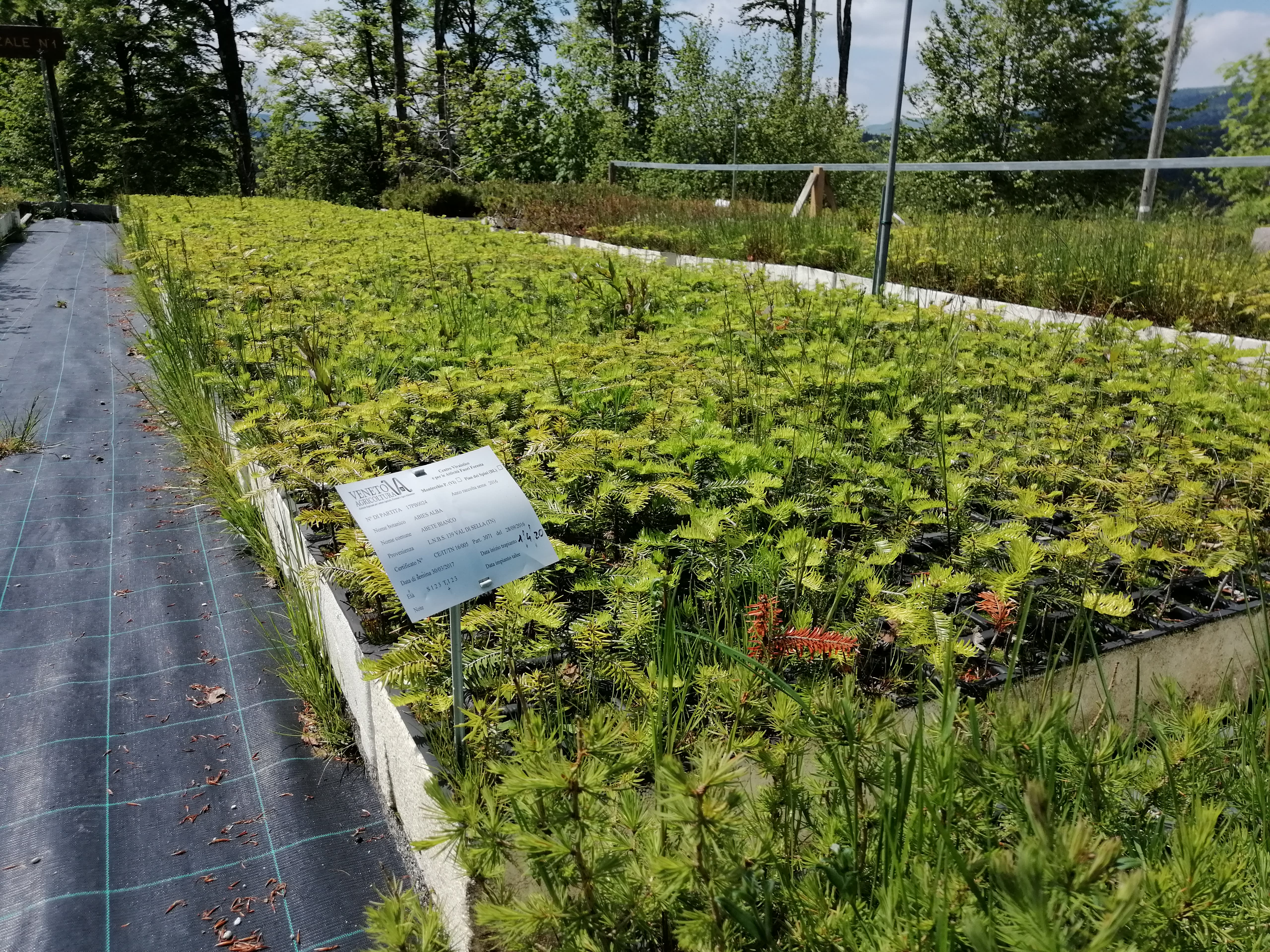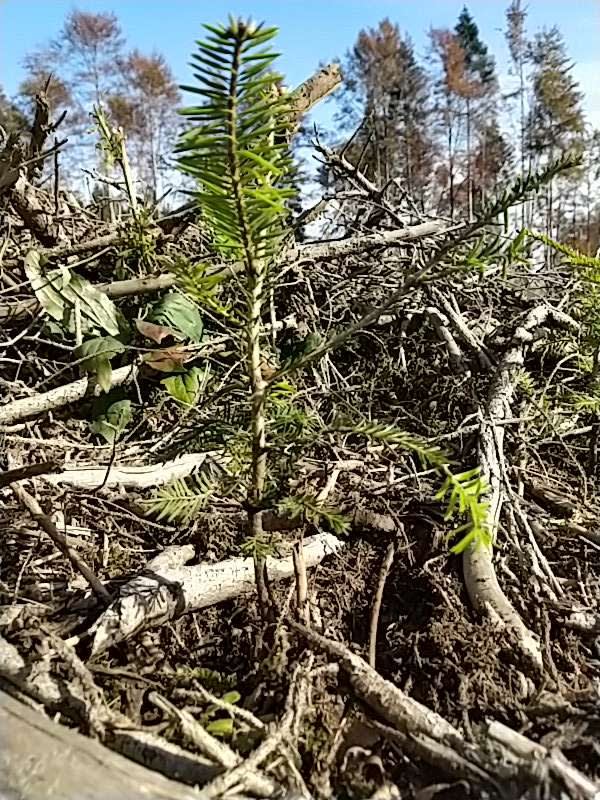ID: RYN-ZRJ
ID: RYN-ZRJ
European silver fir
Abies alba
Photo
Italy
07:44 - -6°C
My connections
My ID card
Who am I?
Date of birth
10/30/2020
Name
European silver fir
Tree
European silver fir
Where am I located?
Country
Italy
Place of birth
Asiago
Coordinates
45° 54′ 39.17″ N
11° 29′ 5.12″ E
/11.4847563,45.91088168,0/500x333@2x?access_token=pk.eyJ1IjoidG9tbWFzb3NwZXJvbmkiLCJhIjoiY2tnOTE3eW12MDJqazMybXNzOWV1YjloOSJ9.wtGsuDU7XIKjcv2cq8CiXw&logo=false&attribution=false)
My Timeline
The important moments in your tree's life.
Seed
It all starts with a tiny seed, nice and warm in the soil.
Nursery
Your seedling is big enough to be welcomed into one of our nurseries, along with many others.
Planted
We’re here! Your tree has reached its new home: it’s been planted by a smallholder, who’ll take care of it for years to come.
Photo
Strike a pose! Now that it’s big enough, here’s a photo of your tree!
My Gallery
Nursery

Planted
/11.4847563,45.91088168,0/500x333@2x?access_token=pk.eyJ1IjoidG9tbWFzb3NwZXJvbmkiLCJhIjoiY2tnOTE3eW12MDJqazMybXNzOWV1YjloOSJ9.wtGsuDU7XIKjcv2cq8CiXw&logo=false&attribution=false)
11° 29′ 5.12″ E
Photo

Curiosity about me
The important moments in your tree's life.
Let's start with introductions
The European silver fir is a majestic, ascending and long-life tree typical of the northern hemisphere forests'. In fact, it can reach 50 meters in height and live up to 600 years. Among the conifers it is one of the species that is best rooted to the ground and is therefore less probable to break or uprooting caused by storms.
Meaning
Nobility
For his majestic elegance this tree is often referred to as the prince of the woods.

How much CO2 I’ll absorb
My estimated CO2 absorption capacity is based on the first 10 years of my life*
Current absorption
- 120 kg
2020
0 kg
2030
-300 kg
* The tree will continue to absorb CO2 even after the tenth year. Therefore this is a prudent estimate.
How I am useful to local communities

Medicine
Its leaves, roots, bark and/or fruits are used in traditional medicine.
My benefits
40%
Food Security
The trees will bear fruits, some that will be edible immediately and others that can become edible through processing, ensuring food resources over time.
40%
Economic development
The trees' fruits and the products derived from their transformation can be traded in local networks, offering income opportunities.
50%
CO₂ Absorption
During its life cycle, each tree will offset CO₂. The trees that you plant can offset your emissions.
40%
Environmental protection
The trees are planted in agroforestry systems that favor the virtuous interaction between the different species and their positive impact on the environment and on the land.